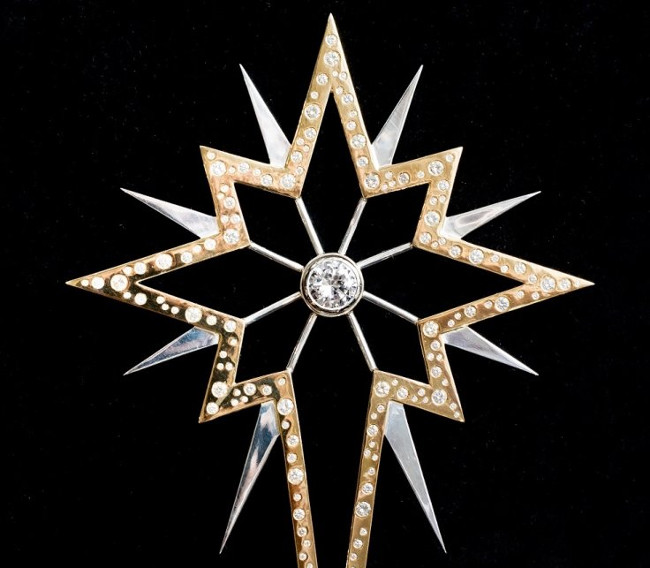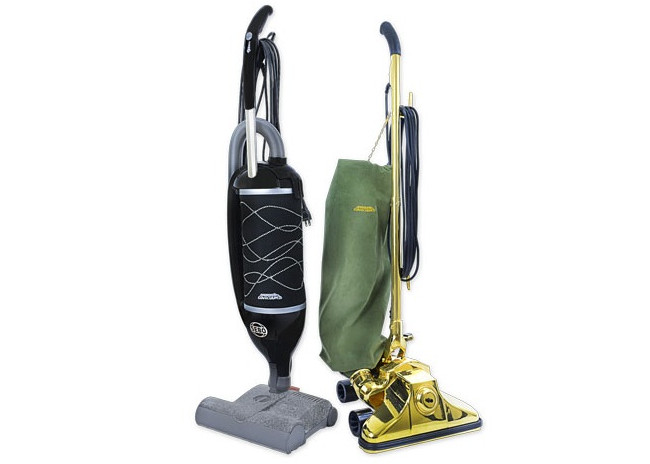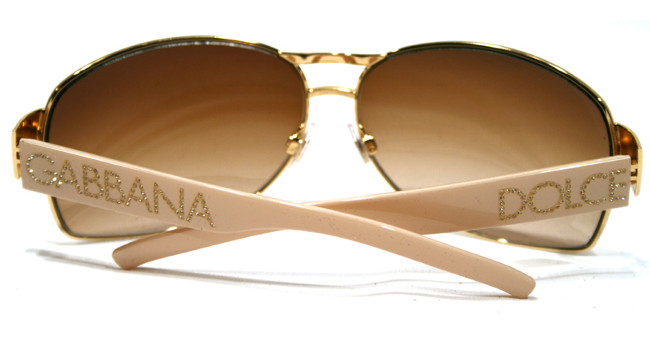Luxury gifts range from the show-stopping (£50,000 diamond encrusted Rolex watch) to the bizarre ($1,470,600 diamante fountain pen). And it doesn’t stop there; with Christmas just around the corner, some of the world’s most luxurious Xmas trees could be topped with something similar to this extravagant silver and gold star, which sold for £615,000 in 2015. Together with Angelic Diamonds, retailers of bespoke jewellery, we take a closer look at the market for luxury gifts.
Why do people buy luxury?
Of course, many people make expensive purchases simply because they have the disposable income to do so – but the attitude of the buyer also determines if they are likely to make a luxury purchase. Age can affect these attitudes, too. By 2025, Bain & Company predicts that Millennials and Generation Z will account for 45% of the global personal luxury goods market. The growing digital world is also influencing the luxury market. In fact, 70% of luxury purchases are influenced by online interactions. The availability of luxury ecommerce also meant that 14% of buyers aged 18 to 24 were found to have made their first luxury purchase over the internet.

Materials
A range of things can determine the price tag of the product. This could be the quality of materials that were used to make it, the level of craftsmanship that was required or even just the brand whose product it is. Two materials that often bump up the cost of an item are diamonds and gold — but why?
Gold
Gold is a material which gets a lot of attention from the rich and upper-class. Gold has always been associated with wealth, power and fancy décor, and this opinion has continued to today.
Compared to many of the other elements in the periodic table, gold is one of the least-reactive. This means that it is less likely to corrode when used. The metal also doesn’t rust and is aesthetically pleasing, plus it’s versatile! We’ve seen many items crafted out of gold or fitted with gold plates to add value. Take a look at the following:
- Costing $999,999 (£707,799) is the GoVacuum GV62711. Features include: a 14-inch cleaning nozzle, a weight of 16 pounds and gold plating. There were only 100 of these products made — true exclusives.
- Another standard product made expensive by the addition of gold is the 24-carat gold shoelaces. These cost a pricey $19,000 (£13,448) or shoppers can opt for the silver shoelaces which would set them back $3,000 (£2,123).

Diamonds
The attraction to diamonds can date back hundreds of years. At one point in time, they were reserved for royalty — making them a stone owned by the rich and wealthy and sought after by everyone else.
Now, diamonds are more accessible, but price and quality still vary depending on the ‘Four Cs’. These are clarity, carat, colour and cut — together these determine how much a diamond is worth. Clarity refers to the overall appearance of the diamond, which can be affected by ‘inclusions’ and ‘blemishes’. These are often not visible to the naked eye but are found through analysis by an expert. The weight of the diamond is expressed through the carat weight — a metric ‘carat’ is defined by 200 milligrams. Moving over to colour, a pure diamond is truly colourless and more valuable than one which has a presence of colour. Lastly, the cut grade of a diamond determines how well it sparkles due to its interaction with light.
Diamond encrusted items can sell for millions of pounds. Take a look at the following, for example:

- Potentially the most expensive pair of shades in the world are Dolce and Gabbana’s DG2027B sunglasses. They have been crafted with a solid gold frame and studded with diamonds. To buy this luxury product would set you back $383, 609 (£271,472).
- One dog collar was valued at an astounding $3.2 million (£2.26 million). Forbes Magazine called it ‘the Bugatti of dog collars’ and it’s clear to see why. It was encrusted with 1,600 diamonds with a seven-carat, D-IF (faultless) colour-graded centrepiece and black alligator leather for the collar.
Diamonds and gold are examples of true luxury materials. They’ve been popular for centuries with the rich and famous and aren’t going anywhere anytime soon. It’s clear that the addition of them to even the most mundane of products can increase the value more than a hundred times over. While the wealthy have the funds to do so, it’s likely that they’ll continue to splash their cash on things that everyone else thinks is a bit extravagant.






















